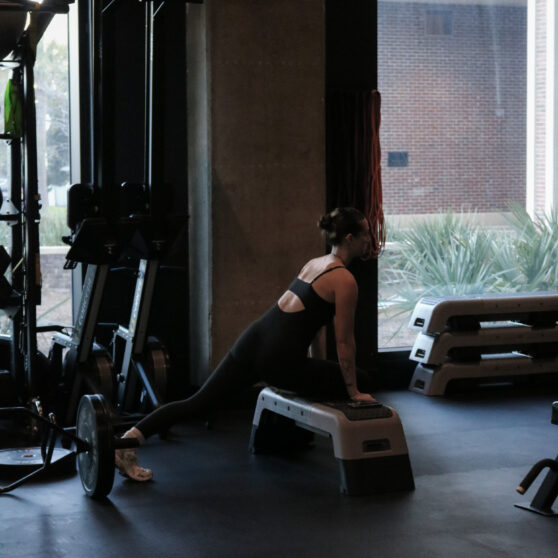
The Importance of Recovery: Enhancing Performance and Well-Being
In the pursuit of fitness, many individuals focus primarily on their workout routines, often overlooking a crucial component of any effective training program: recovery. Recovery is not merely a passive state; it is an active process that plays a vital role in enhancing performance, preventing injury, and promoting overall well-being. Recovery refers to the physiological and psychological processes that occur after physical exertion. During workouts, muscles undergo stress and micro-tears, which are essential for growth and strength development. However, without adequate recovery, these processes can lead to fatigue, decreased performance, and even injury. Recovery allows the body to repair itself, replenish energy stores, and prepare for future workouts.
The Significance of Recovery
1. Muscle Repair and Growth: After intense exercise, the body needs time to repair damaged muscle fibers. This repair process is where muscle growth occurs, making recovery essential for anyone looking to build strength or muscle mass.
2. Injury Prevention: Overtraining without sufficient recovery can lead to injuries such as strains, sprains, and stress fractures. Incorporating recovery techniques can help mitigate these risks by allowing the body to heal and adapt.
3. Enhanced Performance: Proper recovery can lead to improved performance in subsequent workouts. Athletes who prioritize recovery often experience better endurance, strength, and overall fitness levels.
4. Mental Well-Being: Recovery is not just physical; it also has psychological benefits. Taking time to rest and recover can reduce stress, improve mood, and enhance motivation, making it easier to stay committed to fitness goals.
Recovery Techniques
1. Stretching
Stretching is a fundamental recovery technique that helps improve flexibility, reduce muscle tension, and enhance blood flow. Incorporating both static and dynamic stretching into your routine can aid in muscle recovery. Static stretching, performed after workouts, helps lengthen muscles and improve range of motion, while dynamic stretching can be beneficial during warm-ups.
2. Foam Rolling
Foam rolling, or self-myofascial release, is an effective technique for alleviating muscle tightness and soreness. By applying pressure to specific areas of the body, foam rolling helps release tension in the fascia, the connective tissue surrounding muscles. This technique can improve circulation, reduce muscle soreness, and enhance overall recovery.
Incorporating recovery into your fitness routine is essential for achieving long-term success and maintaining overall health. By understanding the importance of recovery and utilizing techniques such as stretching, foam rolling, and specialized recovery equipment, individuals can enhance their performance, prevent injuries, and promote a healthier lifestyle. Remember, recovery is not a sign of weakness; it is a critical component of a well-rounded fitness program. Prioritize your recovery, and you will reap the benefits in your workouts at Baseline and beyond.